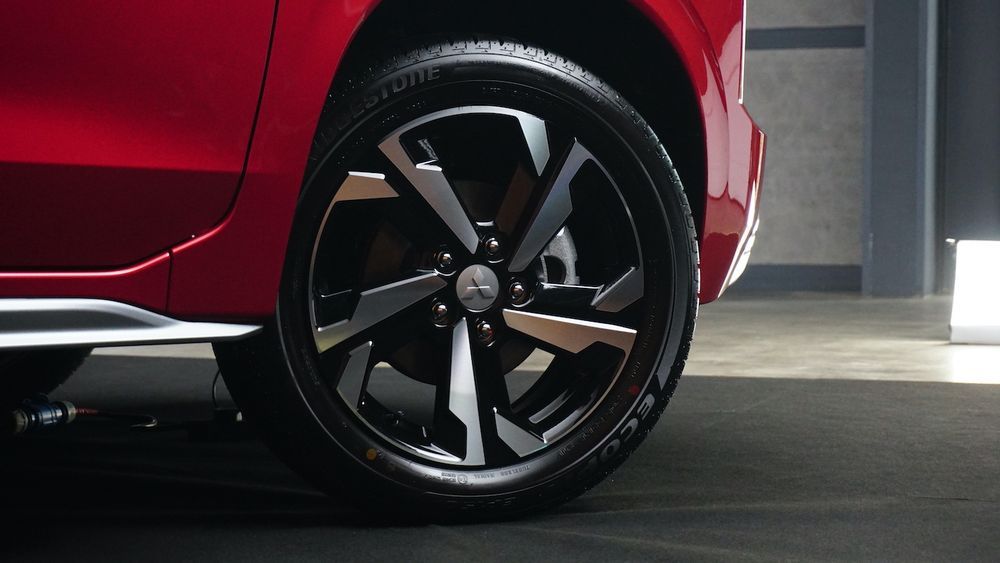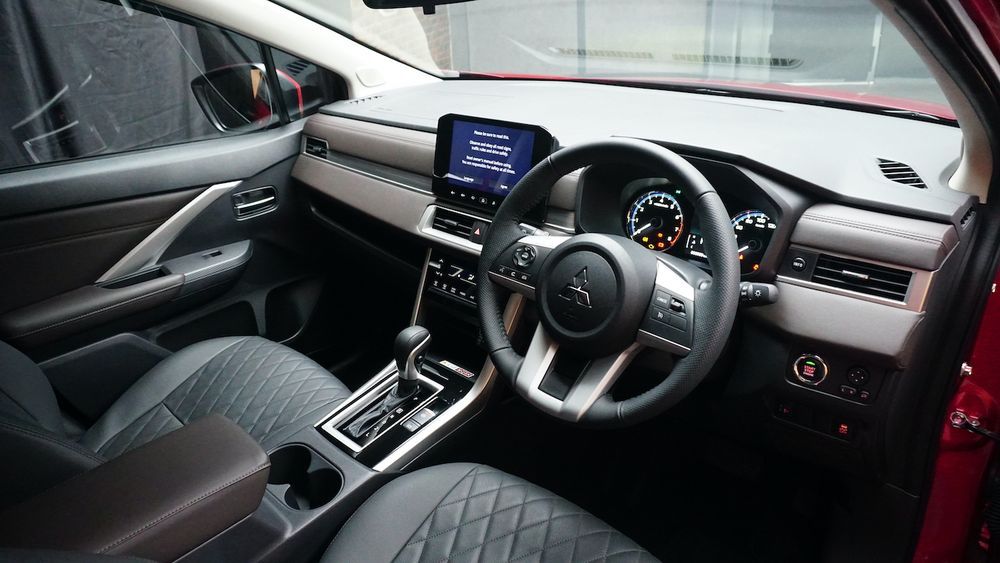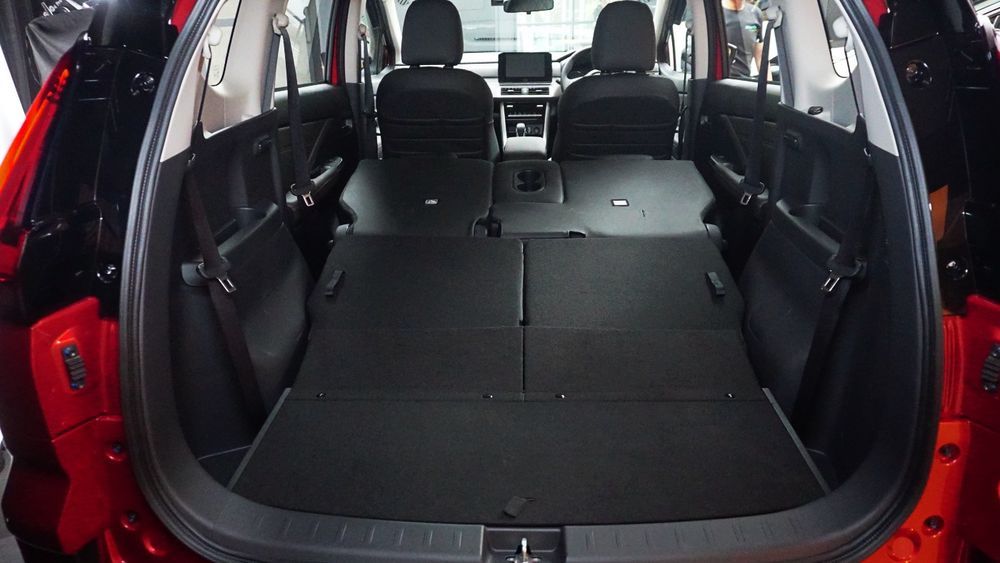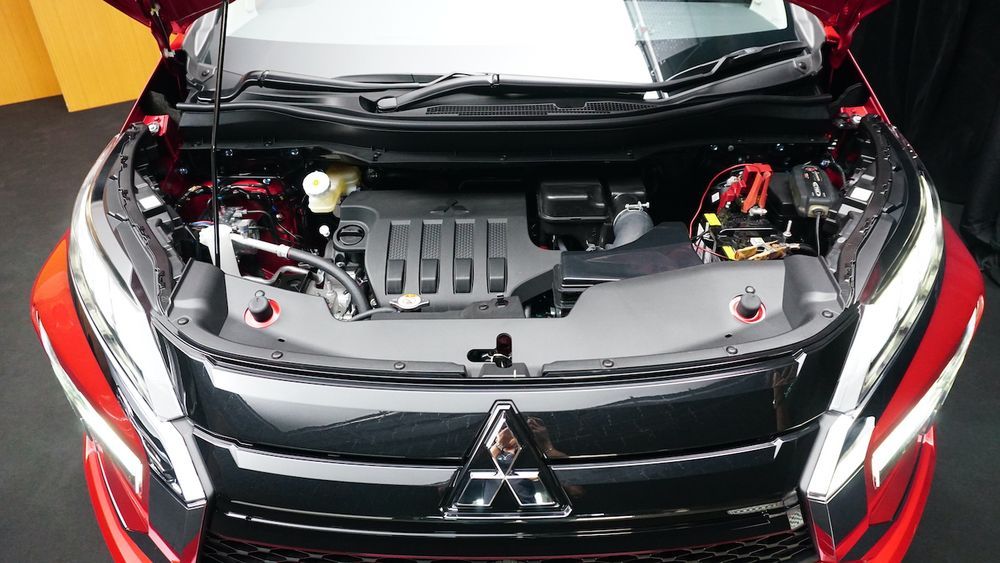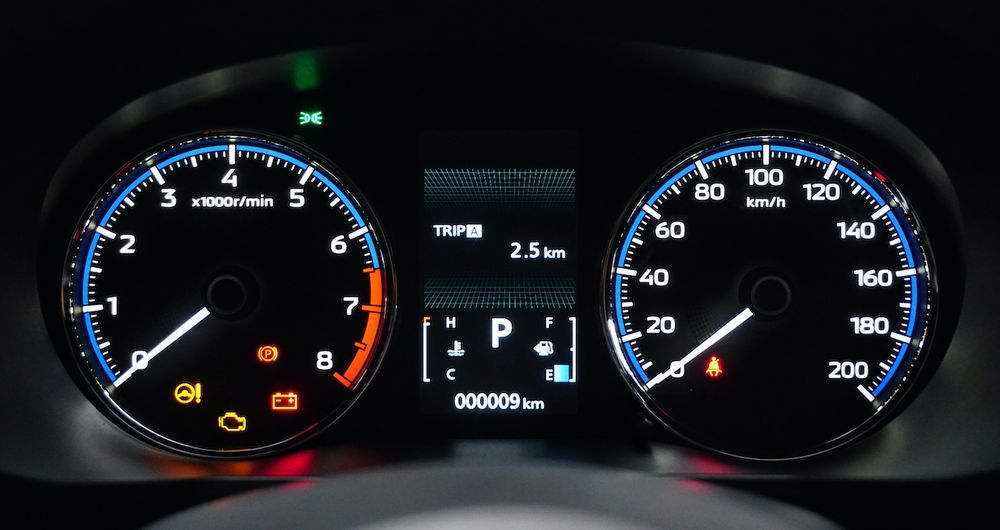Mitsubishi Malaysia opens fresher, sharper 2024 XPANDER for ...
As we settle into September, Mitsubishi looks set to refresh the Xpander with a facelift, now available for booking at an estimated price from RM115,000, a figure described as a ‘limited-time introductory’ offer.
Though this model has already been seen on Indonesian roads, it’s definitely a welcome addition to Mistubishi Motors Malaysia’s offering the Xpander as it continues to meet the market demand for value-packed, non-national B-segment MPV.
Over the span of four years, the compact yet high-riding 7-seater has achieved impressive sales, with local production reaching 40,000 units or roughly 10,000 units per year since its initial 2020 introduction.
With Honda opting not to offer the next-generation BR-V in Malaysia, the Xpander’s only real rival as a non-national marque is the Toyota Veloz priced at RM95,000. However, the Veloz is essentially a better-equipped (and more pretigiously-badged) twin of the Perodua Alza, leaving the Xpander to carve out its niche as a more upmarket option for MPV buyers.
The 2024 Xpander is more than just a minor refresh with the updated model featureing a bolder Dynamic Shield front end with striking sideways T-shaped lower headlights (projector LEDs) and thicker chrome bars.
At the rear, the changes include a large tailgate spoiler, redesigned taillights that mirror the front lighting elements, and a more angular rear bumper featuring vertical reflectors. The new blade-style two-tone alloy wheels, which remain 17 inches in size and shod in Bridgestone Ecopia tyres, complete the exterior overhaul. And to those with wet anticipation for the Xpander Cross version making its way here, you might be a little disappointed to find that it remains elusive.
Inside, Mitsubishi has made several updates to enhance comfort and functionality. Notably, the dashboard has been redesigned with a more straightforward, modern look, incorporating brown leather trim elements that extend to the door panels, punctuated by a free-standing infotainment touchscreen that dominates the center stack, now larger at 9-inches diagonally with support for Apple CarPlay and Android Auto.
Elsewhere, the steering wheel has been given simplified design, the climate control system has been upgraded with a digital display, and physicial buttons and toggles allow for easy adjustment of fan speed and temperature.
Other new interior features include a wireless charger and an electronic parking brake with auto-hold, replacing the traditional handbrake. This frees up space for a front center armrest while in the rear, middle row passengers now have access to a fold-down armrest with integrated cupholders.
Charging ports, including one USB-A and one USB-C, are available for the second-row occupants, and as in the outgoing model, the Xpander includes a rear air blower mounted on the ceiling with adjustable fan speed to make sure the whole cabin remains well-ventilated.
Practicality remains a strong point for the Xpander, with its seven seats arranged in a 2-3-2 formation. The middle-row seats feature a one-touch tumble fold mechanism, while the third-row seats can be folded flat in a 50:50 split. When the third-row seats are down, the cargo capacity increases to 495 liters, expanding to 837 liters when the middle-row seats are folded. Even with all seats in use, the boot space is respectable, and there’s additional underfloor storage for smaller items.
Under the bonnet, the 2024 Xpander retains the familiar 1.5-litre naturally aspirated four-cylinder engine, producing the (familiar) 105 PS and 141 Nm of torque with power sent to the front wheels via a (familiar) 4-speed automatic transmission.
While some other ASEAN markets have transitioned to a CVT (Continuously Variable Transmission), Mitsubishi Motors Malaysia has chosen to retain the 4AT slushbox. While a hybrid version of the Xpander is available in neighbouring markets, pricing concerns might rule it out from reaching our soil, especially assuming a starting price around RM115,000 intimated prior.
The Xpander sticks to the class norms with front MacPherson struts and a rear torsion beam setup, hopefully replicating the talented dynamics in the current model, while its braking system includes front ventilated discs and rear drum brakes.
The 17-inch wheels are wrapped in 205/55 R17 tires, but one notable improvement is the vehicle’s ground clearance, which now listed at 225 mm, 20 mm higher than before, giving the Xpander the highest ground clearance in its class, even surpassing the Perodua Aruz slightly.
The Xpander facelift comes well-equipped with modern conveniences, including automatic LED projector headlights, LED daytime running lights, fog lamps, and LED turn signals on the power-folding side mirrors. It also features auto wipers, keyless entry with push-start ignition, a 4.2-inch color multi-information display nestled between two analog dials. For enhanced safety and convenience, the Xpander’s spec sheet now includes a 360-degree camera, reverse camera, as well as front and rear dash cams as standard.
However, and disappointingly, the Xpander continues to offer only two airbags. Advanced driver assistance systems (ADAS) are also notably absent, which is below par for what is expected in today’s vehicles, especially ones that will be primarily used by families. The available color options include the red hero color, along with Quartz White Pearl, Diamond Black Mica, and a new Graphite Gray.
The Mitsubishi Xpander facelift, locally assembled in Pekan, is now open for booking at an estimated price of RM115,000 as mentioned. As an incentive, the first 500 customers who book and register the Xpander through Mitsubishi’s online showroom will receive a Naturehike Camping Wagon worth RM400. Though the facelifted Xpander's price is higher than the pre-facelift version's RM100,980, its enhanced features and refreshed design may justify the increase in the eyes of buyers.



